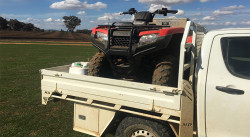
May 02, 2017
Agronomists who use their work vehicles, including quad bikes that are transported from farm to farm, to inspect paddocks need to make time to remove any soil or plant material that may risk spreading pests, diseases and weed seeds.
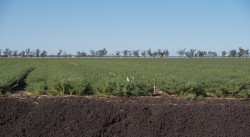
March 06, 2017
Irrigated pulses may be a good option for growers in 2017 provided fields are well drained and disease risk is addressed.
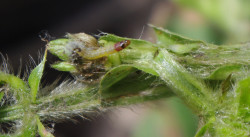
January 23, 2017
Join the effort to keep researchers advised of pest occurrences in the field.
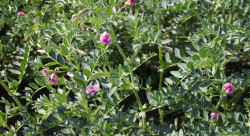
January 21, 2017
Characteristics of current chickpea, faba bean, field pea and lupin varieties including disease resistance and adaptation to assist with pulse variety selection in 2017 winter cropping season.
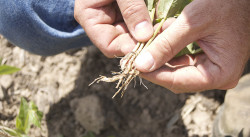
January 13, 2017
Rhizobia bacteria mortality is very high if the inoculant products are not treated carefully. These living organisms are required for legume crops to fix atmospheric nitrogen to meet the crop's needs and potentially add nitrogen to the soil N reserves.
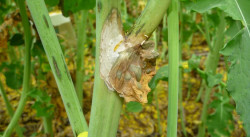
January 11, 2017
With the harvest finally over, attention now turns to fine-tuning planned crop rotations and making paddock selections that take into account the higher disease pressure in many crops in 2016, due to prolonged wet conditions in winter and spring.
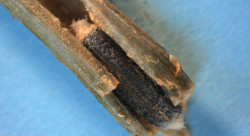
December 22, 2016
Due to higher than normal fungal disease pressure in many regions during the 2016 winter growing season, sclerotes (fungal disease survival structures) have been found in some chickpea and lentil grain deliveries.
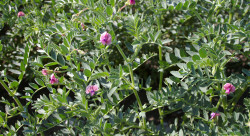
December 13, 2016
GRDC investment in pulse research is outlined in the November–December 2016 Ground Cover Supplement, including the superior quality varieties delivered through Pulse Breeding Australia (PBA), National Mungbean Improvement Program and National Vetch Breeding Program.
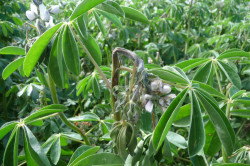
October 24, 2016
Anthracnose detected in albus lupin crop in NSW has potential to seriously impact the industry. Across NSW, growers, agronomists, and advisors are asked to inspect lupin crops for symptoms of anthracnose and collect any suspect samples or report any suspect crops to NSW DPI. Please also notify regarding 'negative inspections' (where symptoms of the disease are not found), as this supports the on-going surveillance and eradication.
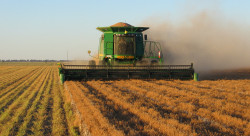
October 24, 2016
Understand the risk of fire during harvest and take steps to reduce the risk and extent of damage due to header fires.









